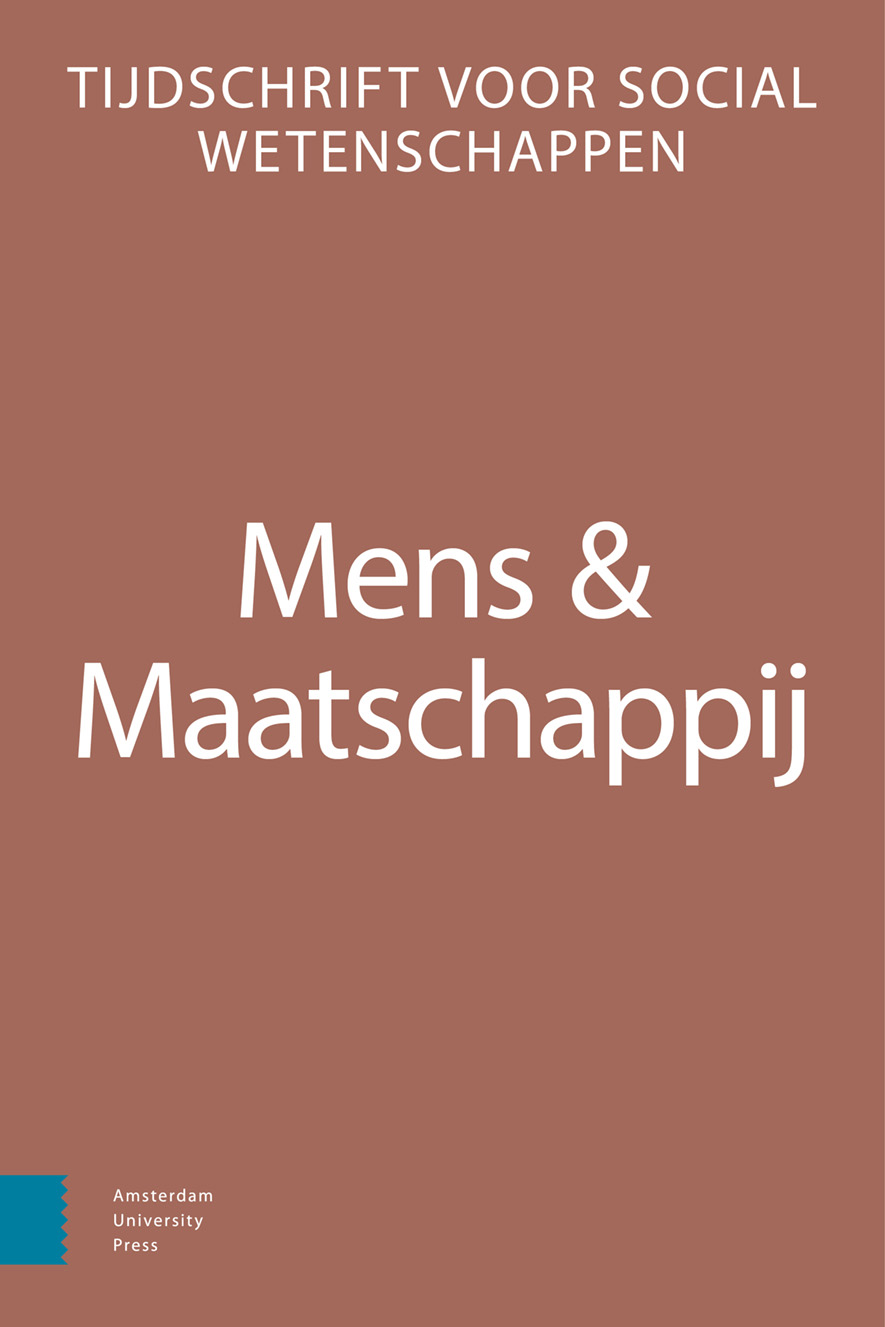-
oa Blockchain en de toekomst van de organisatie
- Amsterdam University Press
- Source: Mens & Maatschappij, Volume 93, Issue 3, Aug 2018, p. 261 - 282
-
- 01 Aug 2018
Abstract
Blockchain and the future of the work organisation
Blockchain has become popular because of Bitcoin. This Information and Communication Technology offers several opportunities as backbone IT-infrastructure for organisations. To understand the impact of blockchains on organising, a theoretical framework on information and communication costs has been used. The immutable ledger, smart contracts and decentralized autonomous organisations (DAO) help to reduce information costs, and hence help decentralize decision making and reduce labour division. Tokens and forking reinforce communication processes and may lead to more centralizing and stronger labour division. A case study of the company Numerai was conducted as illustration. Some risks are identified with this organising future.


